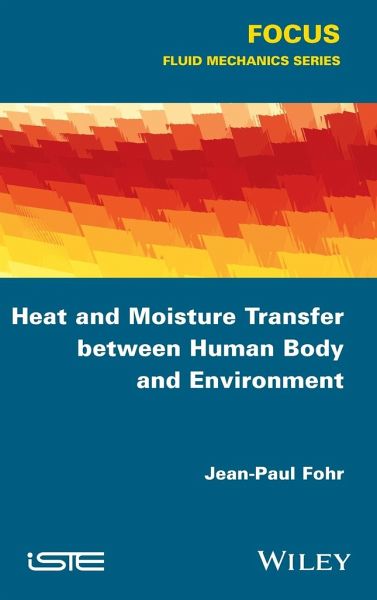
Heat and Moisture Transfer Between Human Body and Environment
Versandkostenfrei!
Versandfertig in über 4 Wochen
159,99 €
inkl. MwSt.
Weitere Ausgaben:

PAYBACK Punkte
80 °P sammeln!
Human adaptation under cold or hot temperatures has always required specific fabrics for clothing. Sports or protective garment companies propose to improve performance or safety. Behind thermal comfort lays many physical/physiological topics: human thermoregulation loop, natural or forced convection, heat and vapor transfer through porous textile layers, solar and infrared radiation effects. This book leads through progressive and pedagogic stages to discern the weight of all the concerned physical parameters.



